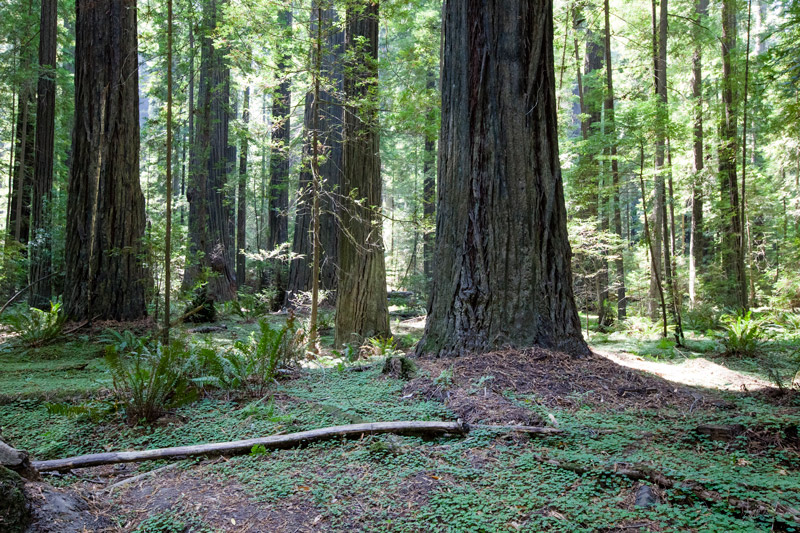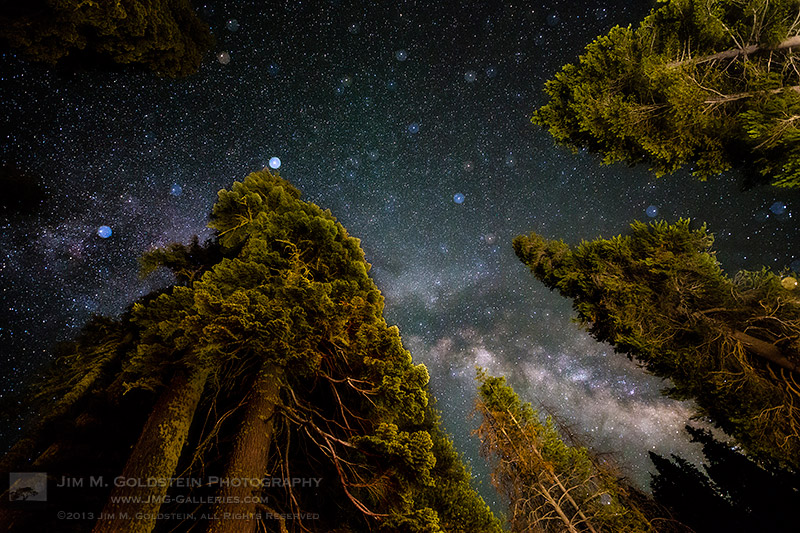The ultra-wide lens is a pivotal tool of nature and landscape photographers. Over the past few years I’ve rounded out my personal favorites that I own to include the Canon EF 15mm f/2.8 Fisheye Lens (discontinued), EF 16-35mm f/2.8L II USM, and the new EF 11-24mm f/4L USM. Note I’ve excluded the Canon EF 8-15mm f/4L Fisheye which I do not own and the Zeiss Distagon T* 15mm f/2.8 ZE Lens that I do own and love. For fun on a recent trip to the Redwood National and State Parks in Northern California I brought my ultra-wide Canon lenses to do a quick test with comparable images. Below you’ll find example photos highlighting the aesthetic differences between the lenses at different focal lengths. All images were taken with a Canon 5D Mark II that has a full-frame sensor. This should help in the event you want to know the difference or are on the fence about which lens is the right one for you to purchase.
Canon EF 11-24mm F4L USM
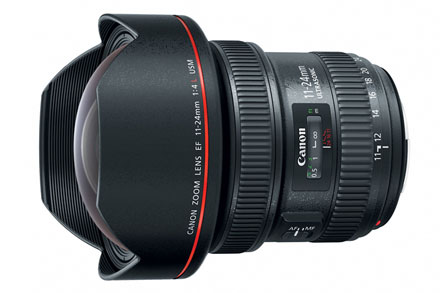
Canon’s 11-24mm f/4 lens is quickly becoming one of my favorite lenses. When it was first announced I scoffed at the idea of getting it after all spending close to $3K for an f/4 lens seemed like madness. In the end I quickly realized from Canon’s test images that not only was it incredibly well engineered it possessed a very unique look that I could use to expand my creative palette. It also goes to 11.In all seriousness the really cool thing about the 11-24mm is that it can capture an incredibly wide field of view without a lot of the distortion currently found in other Canon ultra-wide lenses. Personally I’ve never hated on any lenses with weird barrel distortion or other optical artifacts because I firmly believe that these “flaws” people hate on are the qualities that can help create unique and engaging photos. After all if all lenses were absolutely perfect without any flaws photos would look homogenous. Different is good.
@24mm
This is the traditional focal length sweet spot landscapes photos. Any lean to the trees in this and the following images is because I was tilting the camera up just a little.
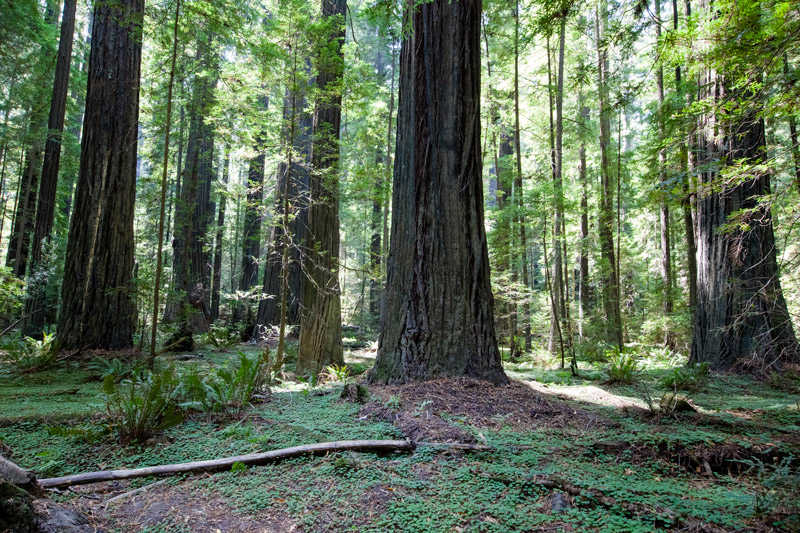
@20mm
Little difference if any compared to the 16-35mm f/2.8L II USM at 20mm
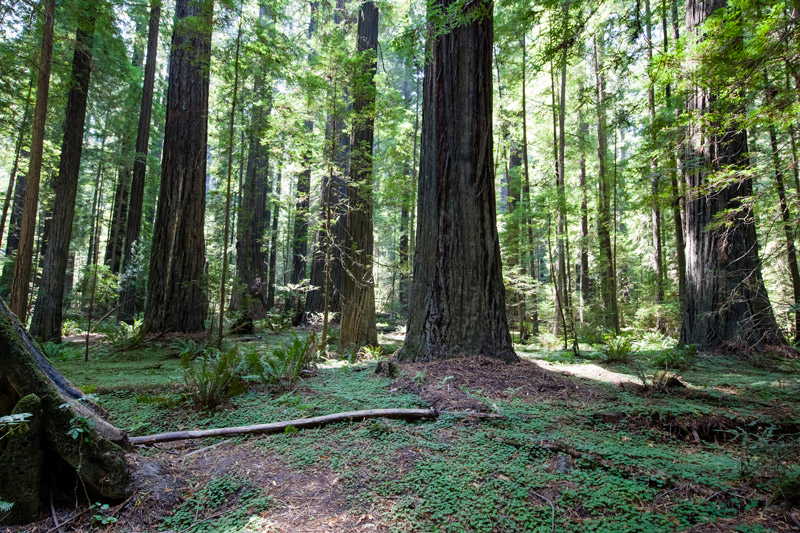
@18mm
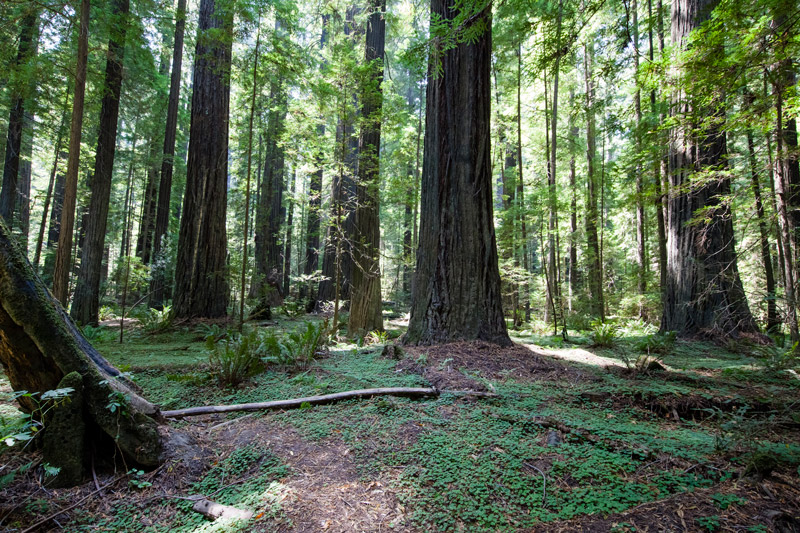
@16mm
Aesthetically comparable to the 16-35mm f/2.8L II USM at 16mm. Looking closely you’ll see less distortion in the corners.
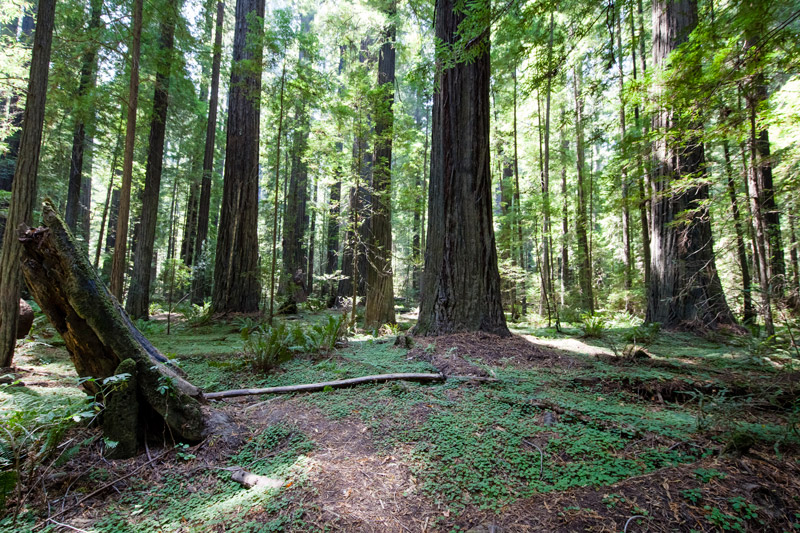
@14mm
Here is where we get into new territory as no Canon zoom lens gets this wide with so little distortion.
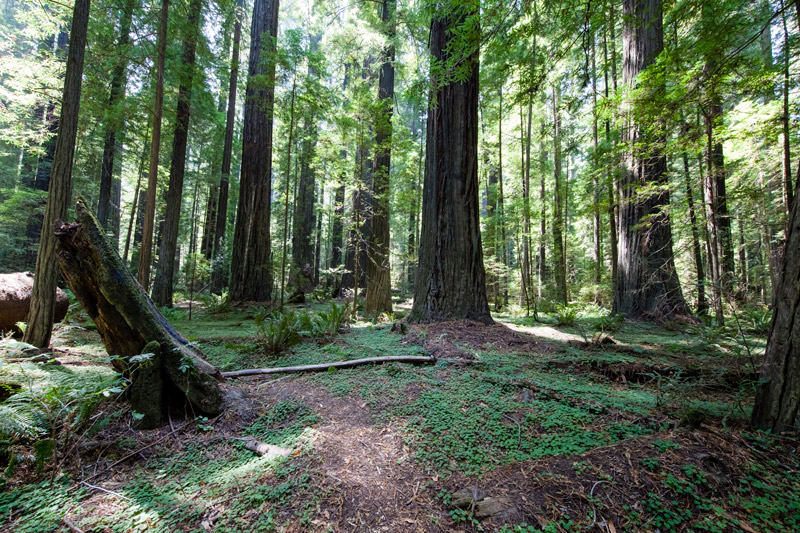
@12mm
Lines are very straight on the edges up to this point. The trees leaning in are a little deceiving as this is from the tilt of my camera. Look below for a better shot of how well distortion is kept at bay.
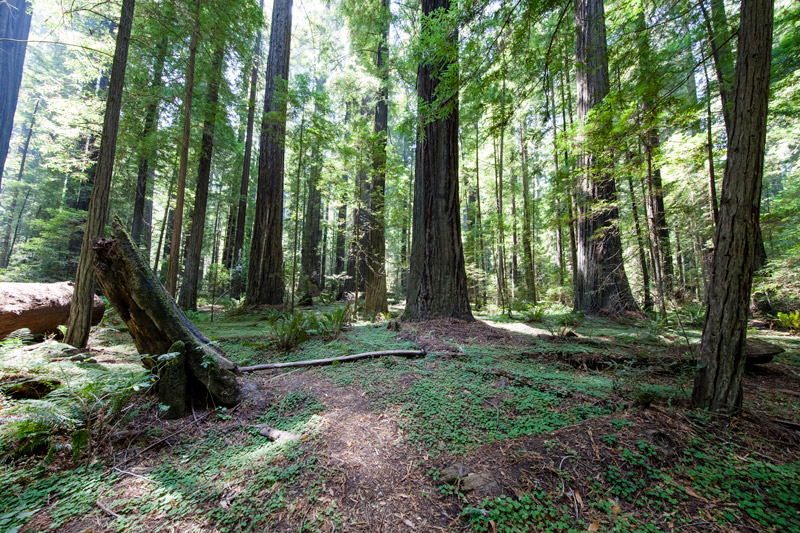
@11mm
This is the focal length that shows the greatest amount of distortion, pin cushion distortion to be exact. If you were to include a person in this photo they might look a little taller or stretched out unless they were closer to the center of the image. That said this is the widest you can go in the Canon family of lenses without a fisheye that has far more drastic distortion and vignetting.
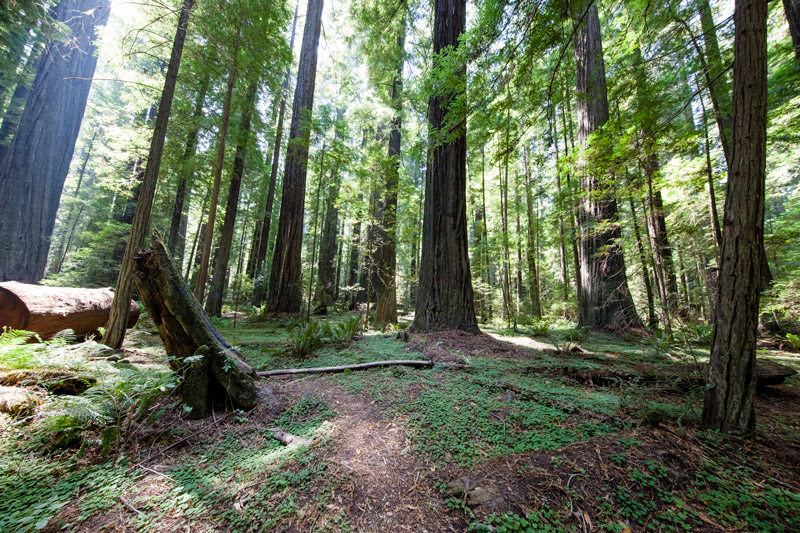
@12mm
Here is another take at 12mm. Note that without any post-production correction the trees on the far left and right are straight from top to bottom even with some pin cushion distortion seen front and center in my sons boots.
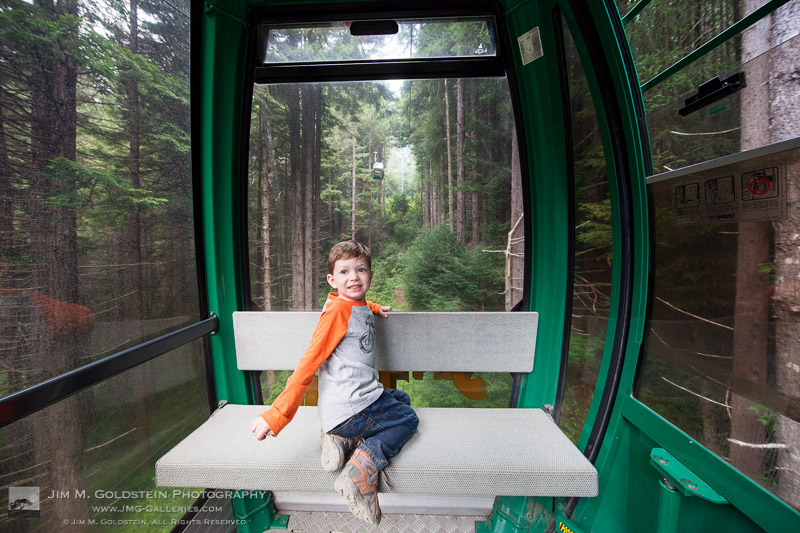
Canon EF 16-35mm f/2.8L II USM
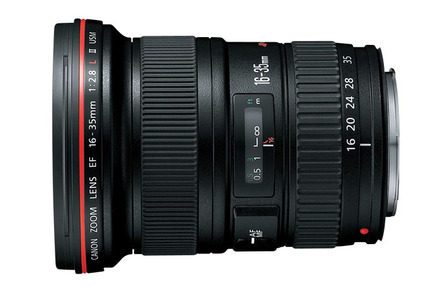
For the longest time this lens was my go to lens in the field. A solid improvement over the 1st generation 16-35mm f/2.8 that I used to own. Many of my peers were content with the Canon 17-40mm f/4 L USM as it weighed less. While the 1mm difference on the wide end might seem negligible it actually made a big difference for me. Side by side with others in tight quarters I was able to get shots 17-40mm users could not. At 16mm there was a good amount of barrel distortion that many people avoided, but I embraced. In the right setting it gave images a unique feel. The lens being faster at f/2.8 in addition to the extra field of view made it a solid stand by for night photography where inclusion of the starry sky was needed. (Another day I’ll share my favorite night photography lenses.)
@35mm
A little tight for my liking when it comes to landscape, but I used to make due with this for some family portraits, assignment work and later video. Even though not my ideal focal length it does a great job with this scene.
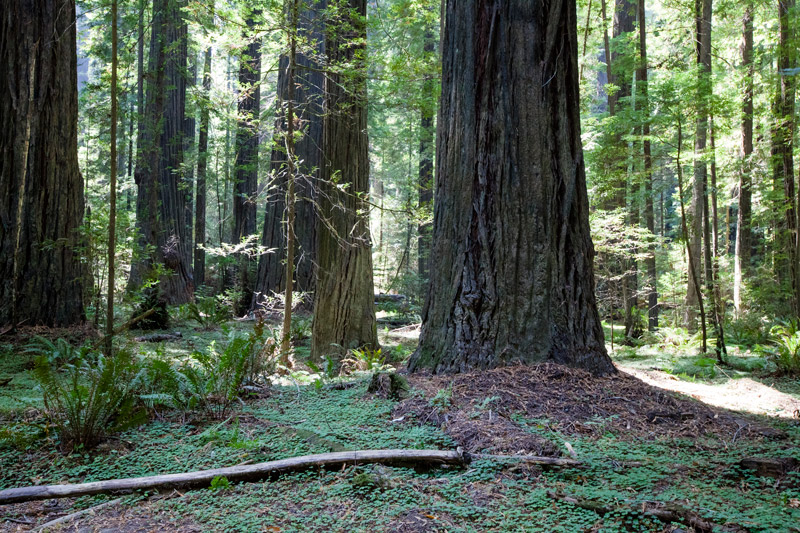
@25mm
The joys of zoom lenses. I thought I had this at 24mm and it likely was close but was rounded up in the EXIF data. Equivalent in look to the 11-24mm at 24mm.
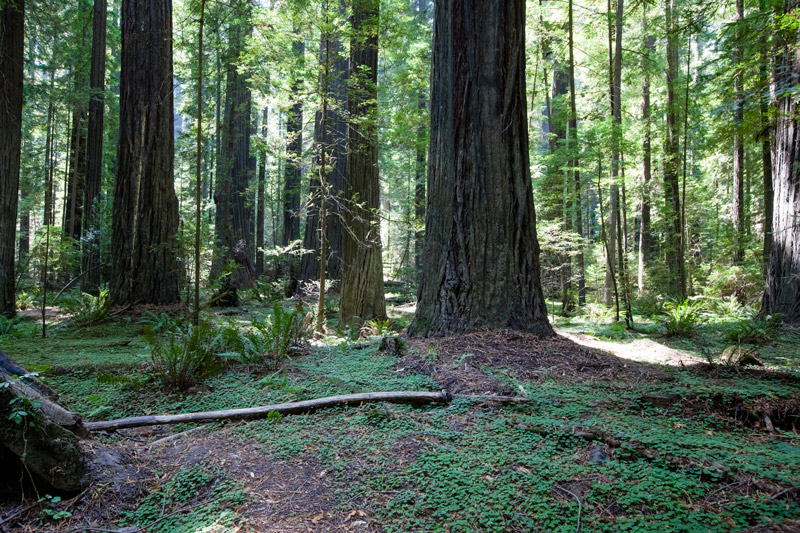
@20mm
Little difference if any compared to the 11-24mm f/4L USM at 20mm
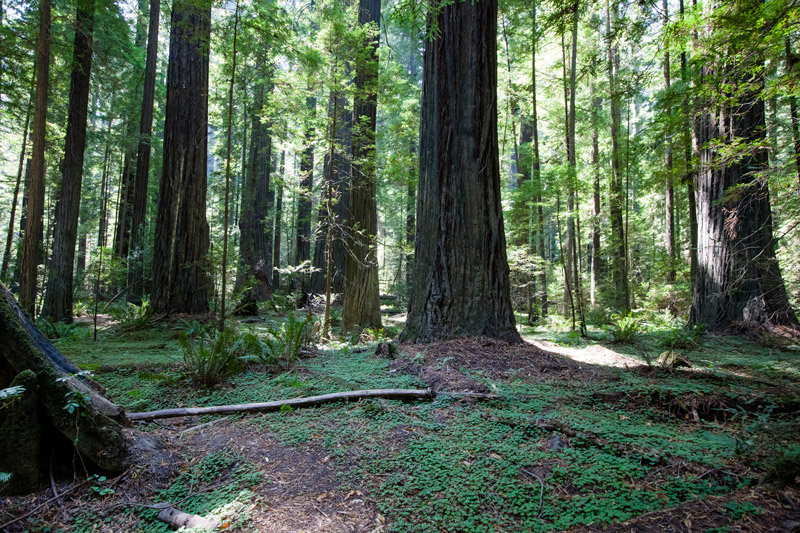
@16mm
Aesthetically comparable to the11-24mm f/4L USM at 16mm. Looking closely you’ll see more distortion in the corners.
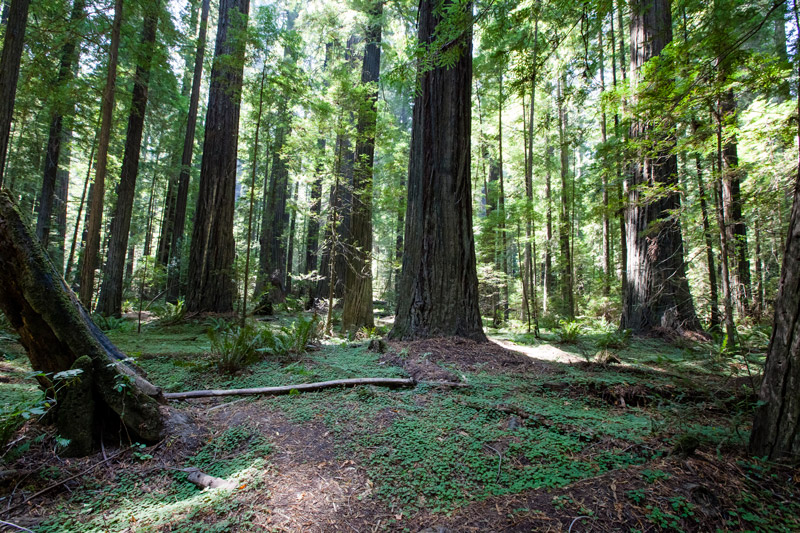
Canon EF 15mm f/2.8 Fisheye
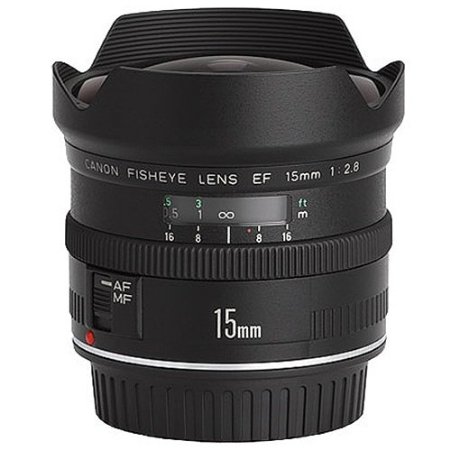 The now discontinued 15mm f/2.8 fisheye is a solid lens that is light weight and now in demand due to it’s speed over existing Canon fisheyes. This lens now goes for far over it’s original (new) price in the used lens marketplace. While lighter and quite sharp it’s two big drawbacks are a wonky metal lens cap that is known for coming loose over time and a great deal of chromatic aberration (AKA color distortion or purple fringing) in its strongly distorted corners. The lens cap is tolerable and the chromatic aberration is easily addressed in post-production. With a field of view of 180 degrees the 15mm fisheye can capture far more of a scene than even the 11-24mm f/4 at 11mm with a field of view of 126 degrees.
The now discontinued 15mm f/2.8 fisheye is a solid lens that is light weight and now in demand due to it’s speed over existing Canon fisheyes. This lens now goes for far over it’s original (new) price in the used lens marketplace. While lighter and quite sharp it’s two big drawbacks are a wonky metal lens cap that is known for coming loose over time and a great deal of chromatic aberration (AKA color distortion or purple fringing) in its strongly distorted corners. The lens cap is tolerable and the chromatic aberration is easily addressed in post-production. With a field of view of 180 degrees the 15mm fisheye can capture far more of a scene than even the 11-24mm f/4 at 11mm with a field of view of 126 degrees.@15mm
This is a fixed focal length lens so the only option is 15mm. The first thing you’ll notice is the extreme barrel distortion. In this example the straight line of the trees is preserved only in the center of the image. Towards the edges the trees start to take on a very curved bowed look. Fisheyes are the definition of a specialty lens and they can be tons of fun especially since they can focus on subjects with in inches of the front element. Even still a lot of people do not like fisheyes due to the extreme distortion.This is the type of lens you either love or hate.
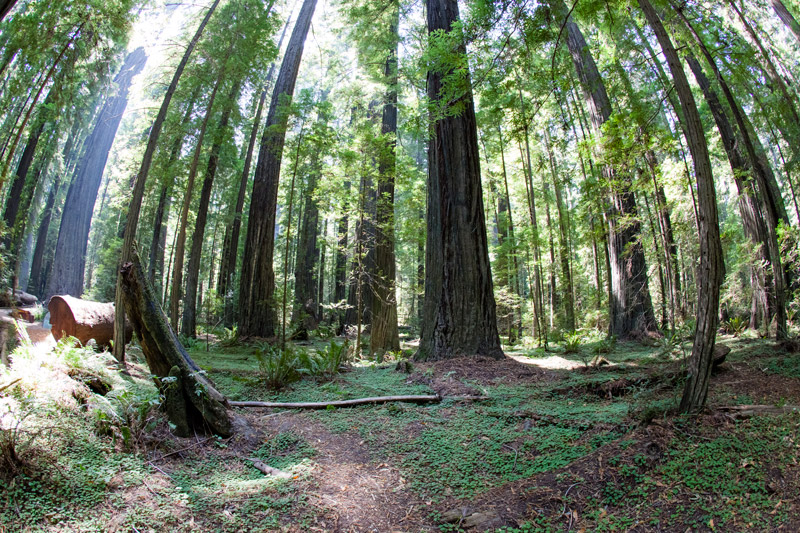 A quick tangent regarding the Canon 8-15mm and Zeiss 15mm f/2.8...
A quick tangent regarding the Canon 8-15mm and Zeiss 15mm f/2.8...
Canon EF 8-15mm f/4L Fisheye
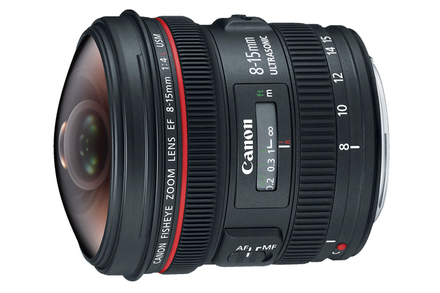 As to why I do not own the 8-15mm, it is slower at f/4 and the vignetting is awkward for focal lengths between 8mm and 15mm. At 8mm the image is a circle and at 15mm there is no vignetting. In between there is varying amount of vignetting that is too distracting for my liking. If I use a fisheye for night photography I’d rather use the faster 15mm at 2.8. Also it is considerably smaller and lighter. The f/2.8 version weighs 11.6 ounces and the f/4 version weighs 1.8 pounds (28.8 ounces). The chromatic aberration of the f/2.8 version is worse than the f/4 version, but in most cases I can live with it versus spending $1249.
As to why I do not own the 8-15mm, it is slower at f/4 and the vignetting is awkward for focal lengths between 8mm and 15mm. At 8mm the image is a circle and at 15mm there is no vignetting. In between there is varying amount of vignetting that is too distracting for my liking. If I use a fisheye for night photography I’d rather use the faster 15mm at 2.8. Also it is considerably smaller and lighter. The f/2.8 version weighs 11.6 ounces and the f/4 version weighs 1.8 pounds (28.8 ounces). The chromatic aberration of the f/2.8 version is worse than the f/4 version, but in most cases I can live with it versus spending $1249.@8mm
This is a very unique look that allows you to see 180 degrees in any direction. The result is extreme vignetting with a circular image.
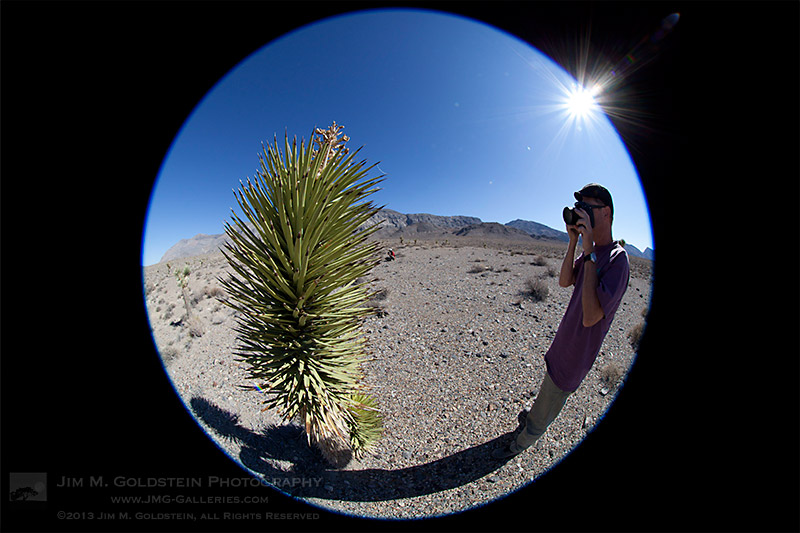
@14mm
The frustrating thing with this lens is unwanted vignetting can appear if you’re not careful when dialing in your focal length to 15mm. At 15mm there is no vignetting anything less results in minor vignetting as is the case in this image to more sever vignetting seen at 8mm.
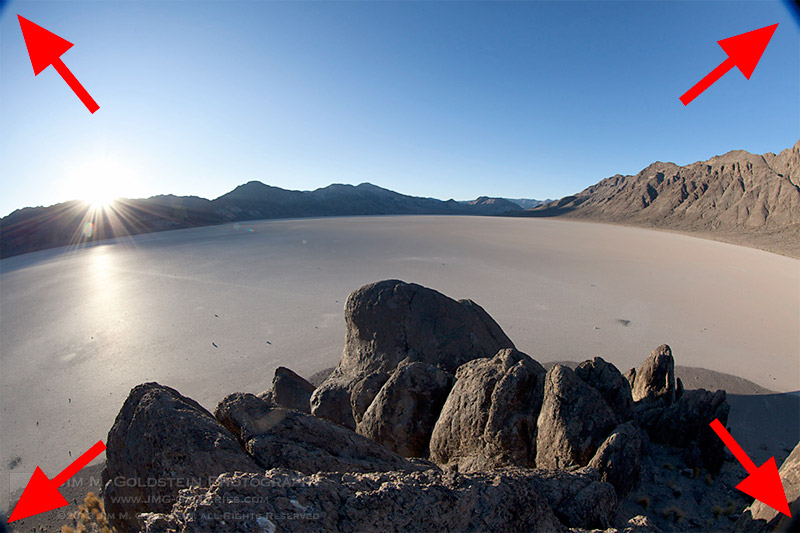
Zeiss Distagon T* 15mm f/2.8 ZE Lens
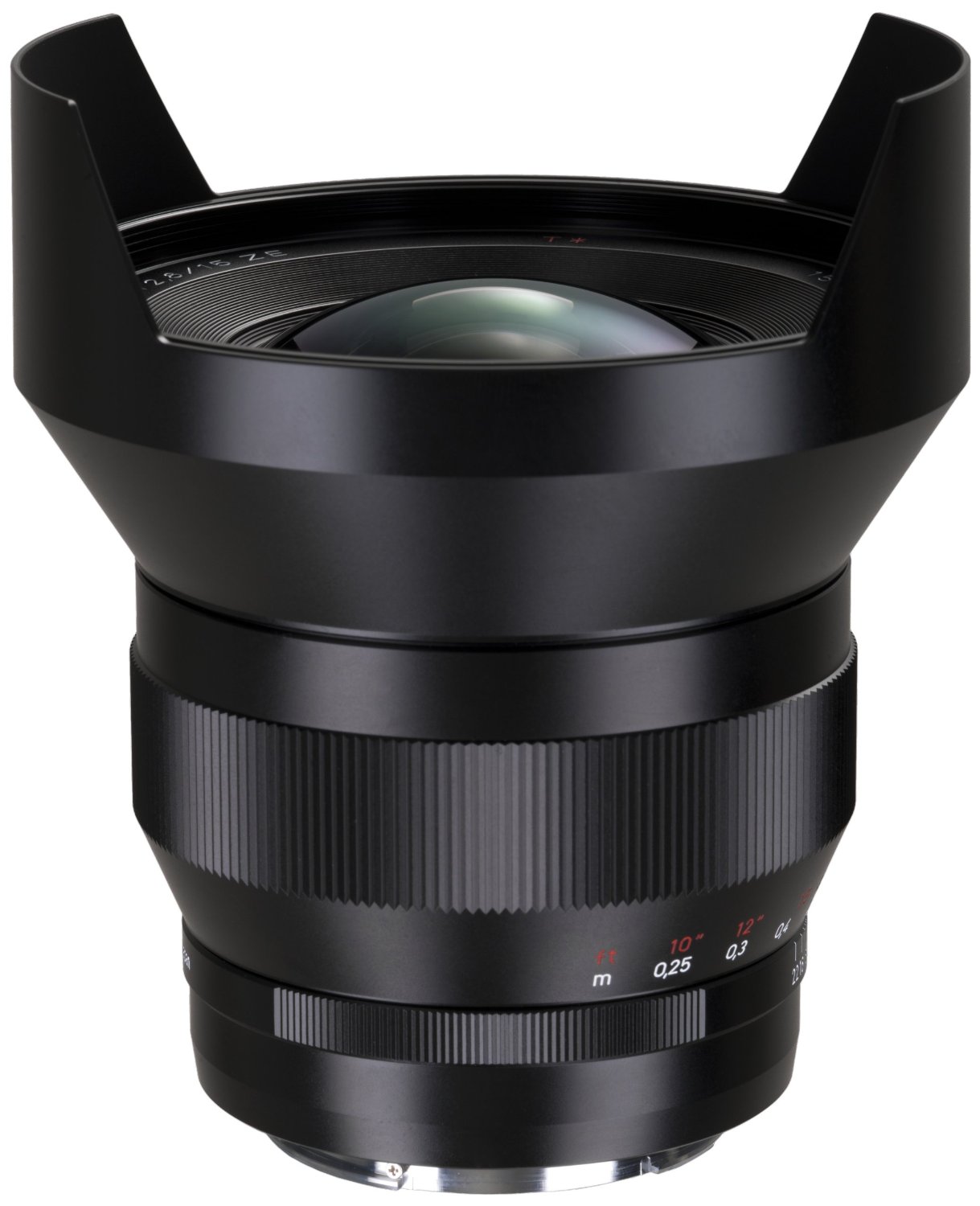 The Zeiss 15mm f/2.8 is a top tier lens with amazing optics. Since it is not a Canon lens I’m omitting it from this comparison post. The lens is exceptional in terms of image quality, but it is a giant lens weighting 2.16 lbs, has a huge front element with a filter size of 90mm and carries a heft price tag of $2950. Even with all these things working against the lens it could be my favorite ultra-wide lens as it is tack sharp and has a hard stop for infinite making night photography a snap. I’ll elaborate with examples another day, but here is one of my better known images using this lens.
The Zeiss 15mm f/2.8 is a top tier lens with amazing optics. Since it is not a Canon lens I’m omitting it from this comparison post. The lens is exceptional in terms of image quality, but it is a giant lens weighting 2.16 lbs, has a huge front element with a filter size of 90mm and carries a heft price tag of $2950. Even with all these things working against the lens it could be my favorite ultra-wide lens as it is tack sharp and has a hard stop for infinite making night photography a snap. I’ll elaborate with examples another day, but here is one of my better known images using this lens.
Concluding Thoughts
For my work moving forward I’m planning on relying more heavily on the Canon 11-24 f/4L USM and not just because I paid an arm and a leg for it. The lens is tack sharp and has nice look to its images even at its widest focal length. That said I’m still going to use my other ultra-wide lenses. I’m a firm believer that lenses are to a photographer as brushes are to a painter. They can do similar things, but in slightly different ways with different visual aesthetics. I own the lenses above because their unique aberrations and distortions help me give a scene certain look. When reviewing lenses it’s very easy to get caught up in a lot of data points, but in the end what matters most is how it helps you achieve your vision when in the field. If you’re considering buying any of these lenses I recommend becoming familiar with their look with a web search of images taken with them. This is easily done on Google Images and Flickr. If you’re a hands on person then definitely consider borrowing a friends or renting before buying. Odds are if you’re content with the visual output of the lens you’ll find a way to love the lens once you get your hands on it.
Related Reading
Reader Question: What Lens Do You Use For Your Landscape Photos

